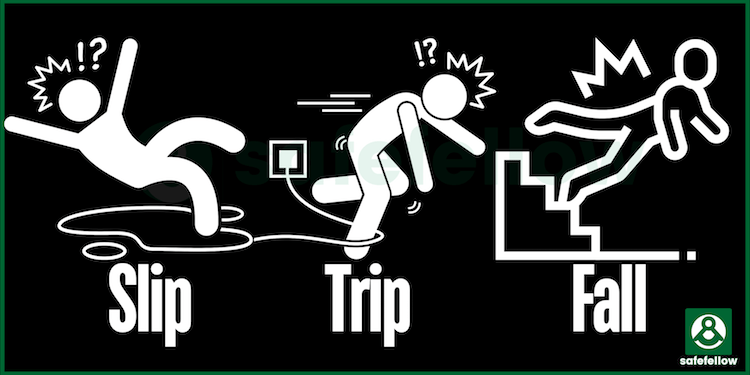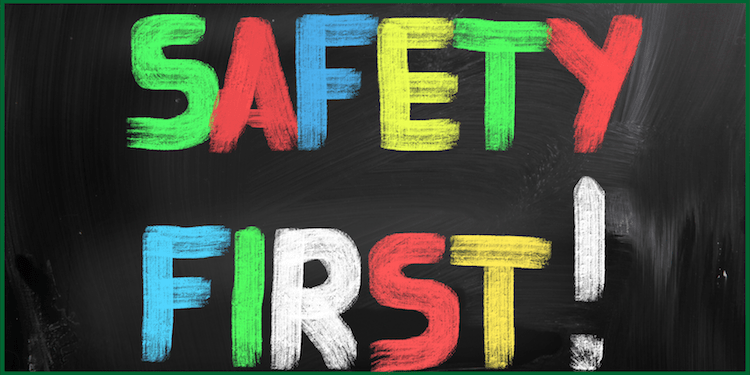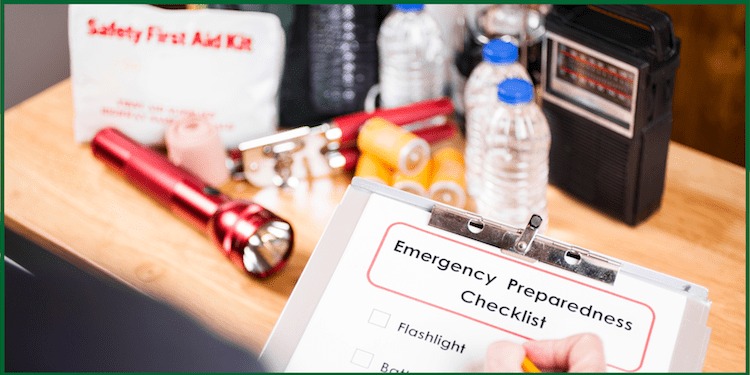Neglecting safety measures and practices in a confined space can pose significant risks and grave dangers to workers and individuals entering it.
These spaces, characterized by limited entry and exit points, poor ventilation, and potential hazards, demand meticulous attention and robust safety measures.
Understanding and implementing confined space safety protocols, from industrial facilities to construction sites and even everyday settings like storage tanks or crawl spaces, is paramount.
In this article, we will discuss and explore the hidden dangers within confined spaces, the importance of safety measures, and essential strategies for mitigating risks to ensure the well-being of workers and individuals.
Table of Contents
- Lurking Hazards
- Price of Negligence
- Pillars of Confined Space Safety
- Collaboration and Communication
- Embracing Technology
- Summary
1. The Lurking Hazards:
Confined spaces can be a breeding ground for various perils, ranging from toxic gases and limited oxygen supply to entrapment, engulfment, and the potential for fires or explosions.
Lack of proper lighting, extreme temperatures, and the presence of harmful substances further compound the dangers.
Understanding these hazards is crucial to developing effective safety protocols to save lives.
2. The Price of Negligence:
Failing to prioritize confined space safety can have severe consequences. Incidents within confined spaces often result in serious injuries, disabilities, or even fatalities.
Employers and organizations that overlook safety precautions may face legal ramifications, damage to their reputation, and significant financial burdens.
By recognizing the potential costs of negligence, it becomes evident that investing in confined space safety is a necessity rather than an option.
3. Pillars of Confined Space Safety:
- Comprehensive Risk Assessment: Conducting a thorough risk assessment is the foundation of any confined spaces safety program. Identifying potential hazards, evaluating their severity, and determining appropriate control measures are essential to minimize risks.
- Adequate Training and Education: Equipping workers and individuals with the appropriate knowledge and skills to navigate confined spaces safely is crucial. Training programs should cover hazard awareness, emergency procedures, proper personal protective equipment (PPE) use, and effective communication within confined spaces.
- Implementing Control Measures: Employers must establish robust control measures to eliminate or minimize risks. These may include proper ventilation systems, confined space permits, lockout/tagout procedures, gas monitoring equipment, and appropriate safety barriers and signage.
- Continuous Monitoring and Evaluation: Safety measures are subject to regular reviews and updates to adapt to changing circumstances. Continuous monitoring of confined spaces, equipment maintenance, and periodic safety audits are crucial in maintaining a safe environment.
4. Collaboration and Communication:
Promoting a culture of collaboration and open communication is vital for confined space safety. Employers, supervisors, and workers should actively engage in discussions about potential hazards, occupational safety, and reporting mechanisms for near misses or incidents. Encouraging employees to share their concerns and suggestions fosters a sense of ownership and enhances safety awareness.
5. Embracing Technology:
Advancement in Technology has introduced innovative solutions to enhance confined space safety. Remote monitoring systems, gas detectors, wearable devices, and robotics can aid in assessing risks, providing real-time data, and reducing the need for human entry into hazardous spaces. Embracing these technological tools can significantly improve safety outcomes.
Bottomline
It is essential always to prioritize safety in confined spaces. The hidden dangers within these spaces demand our utmost attention and diligent efforts to protect lives.
By understanding the risks, implementing comprehensive safety protocols, fostering collaboration, and leveraging technological advancement, we can ensure that confined spaces become safer for everyone involved.
Remember, safeguarding lives is not just a legal obligation but a moral imperative that is important to prioritize for a brighter and safer future.
Do you enjoy this reading? Kindly share with family, friends, and colleagues. Thanks! 🙂



